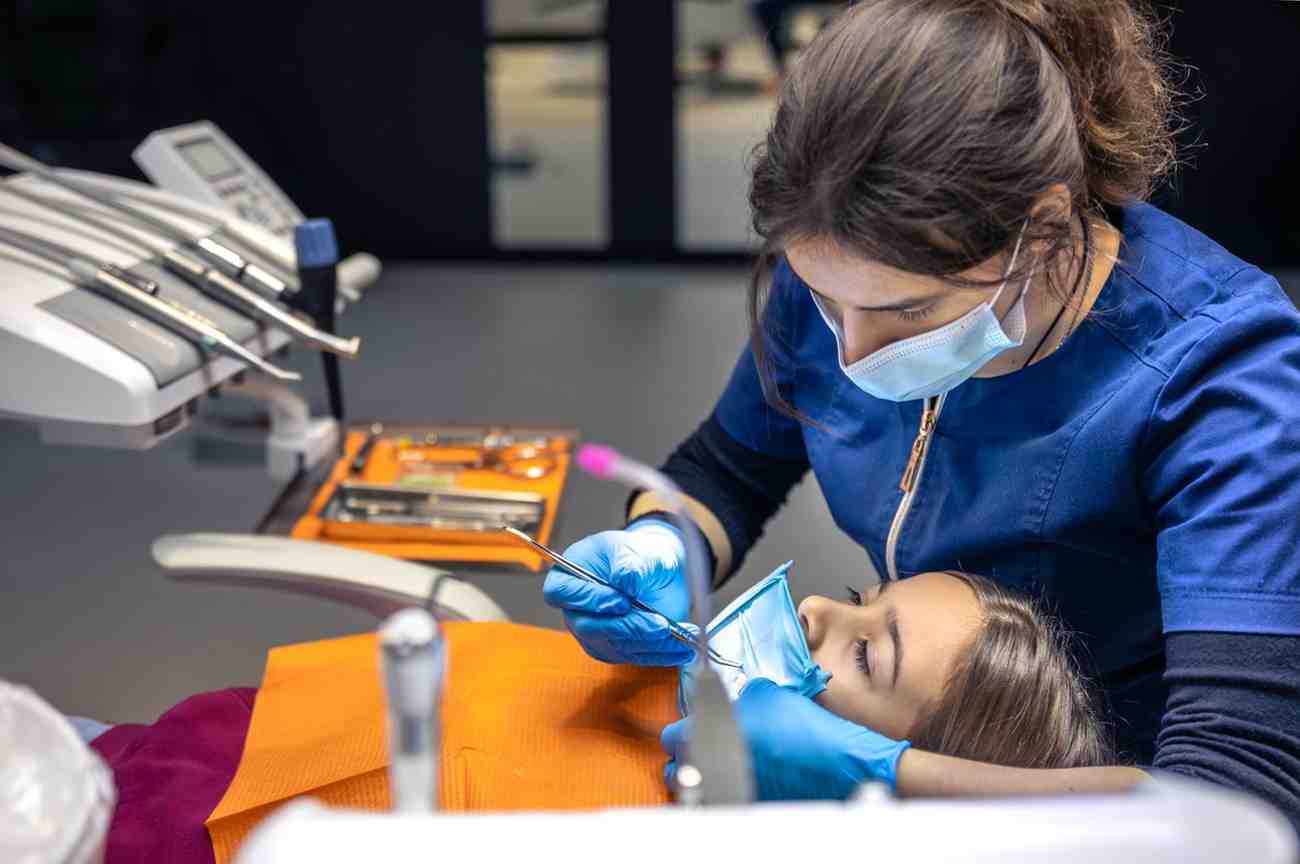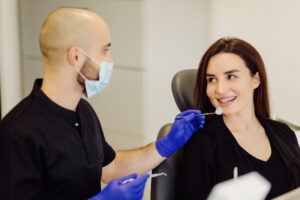Dental emergencies don’t wait for a convenient time to strike. Whether it’s a sudden toothache, a knocked-out tooth, or a painful swelling that flares up on the weekend, getting prompt care is essential. But if you’ve never had an emergency dentist appointment before, you might be wondering what exactly happens when you walk through the door.
This step-by-step guide will walk you through what to expect, how the process works, and when it’s time to seek help from an emergency dental clinic near you.
What Qualifies as a Dental Emergency?
A dental emergency refers to any oral issue that requires immediate attention to prevent or stop bleeding, relieve pain, treat an infection, or prevent tooth loss. Common reasons for seeking emergency dental care in Australia include:
- Sudden or severe toothache
- Knocked-out or loose teeth
- Cracked, chipped, or broken teeth
- Gum infections or dental abscesses
- Lost fillings, crowns, or bridges
- Swelling of the face or jaw
- Oral bleeding that won’t stop
If you’re ever unsure whether your issue is urgent, a quick call to your local dentist for urgent care can help you decide.
Step 1: Booking the Emergency Appointment
When you call your dental clinic, let them know you’re experiencing a dental emergency. Most practices will prioritise urgent cases and aim to see you the same day.
If you’re searching online for help, using terms like “emergency dentist near me” or “weekend emergency dentist” can connect you with available care fast, especially during after-hours or public holidays.
Step 2: Initial Triage and Arrival at the Clinic
Once you arrive, the front desk team will confirm your emergency status and provide you with any necessary forms. If you’re in severe pain or distress, let them know immediately so they can prioritise your treatment.
You may be asked about:
- When the issue started
- The level of pain or discomfort
- Any trauma or events (e.g., sports injury, biting into something hard)
- Previous dental history
This helps the dentist prepare for focused, efficient care.
Step 3: Emergency Dental Examination
The dentist will conduct a focused examination, which may include:
- Visual inspection of your teeth, gums, and mouth
- Dental X-rays to locate damage, infection, or hidden issues
- Gentle probing to assess sensitivity and gum health
This is where the cause of your dental emergency is identified. Whether it’s a deep cavity, a cracked tooth, or an abscess, the aim is to find the problem quickly so it can be treated or stabilised.
Step 4: Immediate Pain Relief or Stabilisation
The top priority during any emergency dentist appointment is to relieve pain and prevent the issue from worsening. Depending on your situation, the dentist may:
- Prescribe antibiotics or painkillers
- Remove infected tissue
- Perform a temporary filling or crown
- Extract a severely damaged or non-restorable tooth
- Refer you for additional care (e.g., endodontic or surgical)
Even if a full treatment plan is required later, the dentist will stabilise the problem so you leave in less pain than when you arrived.
Step 5: Treatment Plan and Follow-Up Care
Once the immediate issue is addressed, you’ll receive a detailed explanation of what’s next. This may include:
- A follow-up appointment for complete restoration (e.g., permanent filling, crown)
- Options for long-term care, such as affordable emergency dental payment plans
- Preventative steps to avoid future emergencies
You’ll also be advised on how to manage any discomfort at home and what to do if symptoms return.
Emergency Toothache Treatment: What If It’s Just Pain?
Sometimes patients are unsure whether to book an emergency visit for a toothache. Here’s a rule of thumb: if the pain is severe, constant, or interfering with daily life, don’t wait. Delaying emergency toothache treatment can lead to infection, abscesses, and ultimately tooth loss.
In some cases, the problem may be as simple as food stuck beneath the gums or as complex as a deep nerve infection. Only a dentist can determine the cause and provide effective relief.
What to Bring to Your Emergency Dentist Appointment
To make your visit smoother, bring:
- A list of current medications
- Your private health insurance card (if applicable)
- Details about the incident (when it started, what worsens or helps the pain)
- Any dislodged dental work or pieces of broken tooth
If you’re unsure whether a clinic accepts emergency patients, searching for an emergency dental clinic near me ahead of time ensures faster care in urgent situations.
Prevention Tips: Reducing the Risk of Future Emergencies
While not all dental emergencies can be prevented, regular care goes a long way. Try these tips:
- Attend routine check-ups and cleanings
- Wear a mouthguard during contact sports
- Avoid using your teeth to open bottles or packaging
- Don’t ignore small aches or sensitivity. Treating issues early can prevent escalation
- Maintain excellent oral hygiene
Preventive care with your local dentist for urgent care is the best defence against surprise visits to the emergency chair.
Dr. Finkelstein has been caring for Sydney patients with gentle, reliable dentistry for over 30 years. Whether you need urgent relief or long-term dental care, his practice is committed to delivering emergency dental care that is efficient, compassionate, and thorough. If you’re ever in need of an emergency dentist appointment, you’re in expert hands.
Visit Dr. Finkelstein Dental to book now or explore more about our emergency and general dental services.





